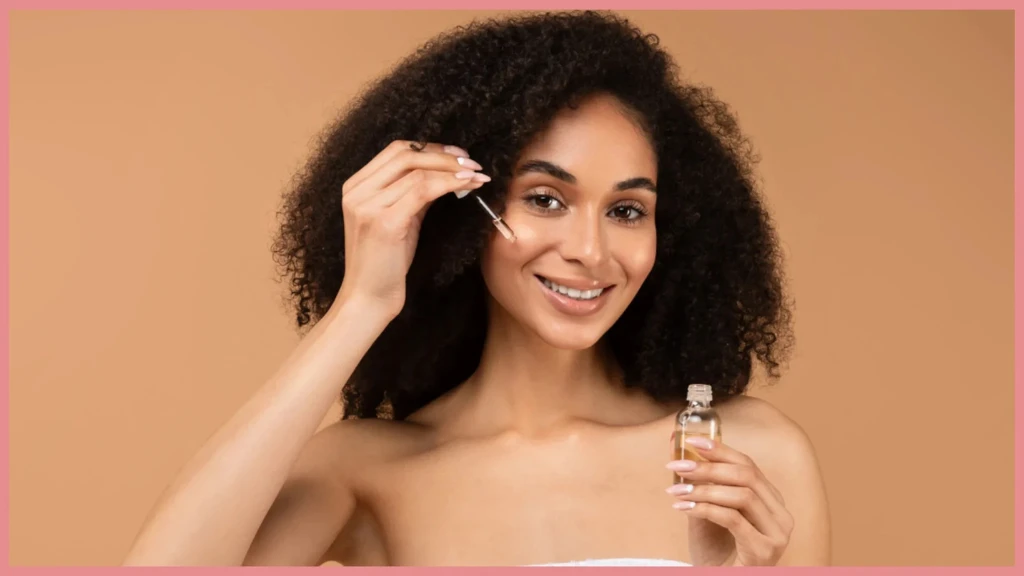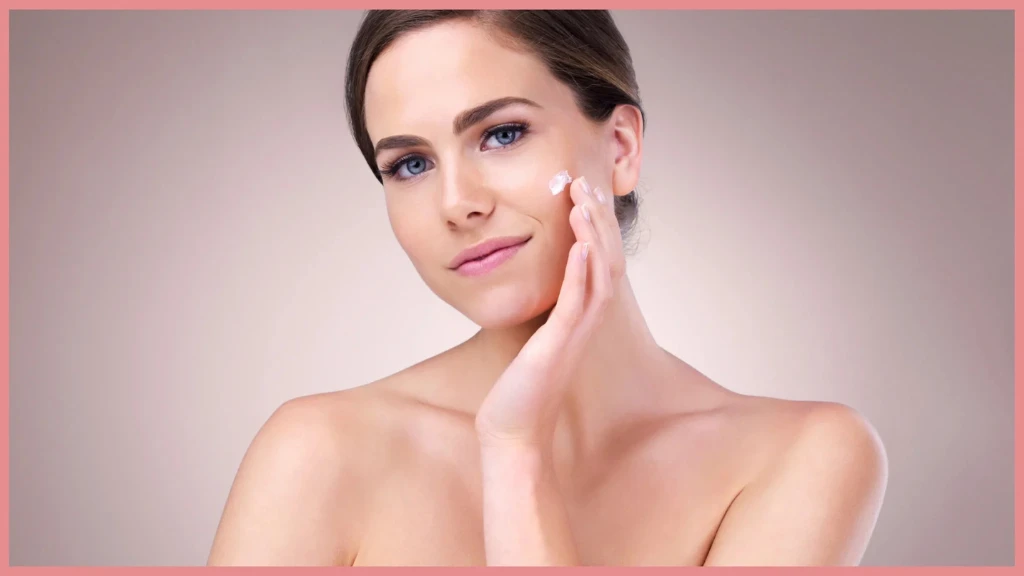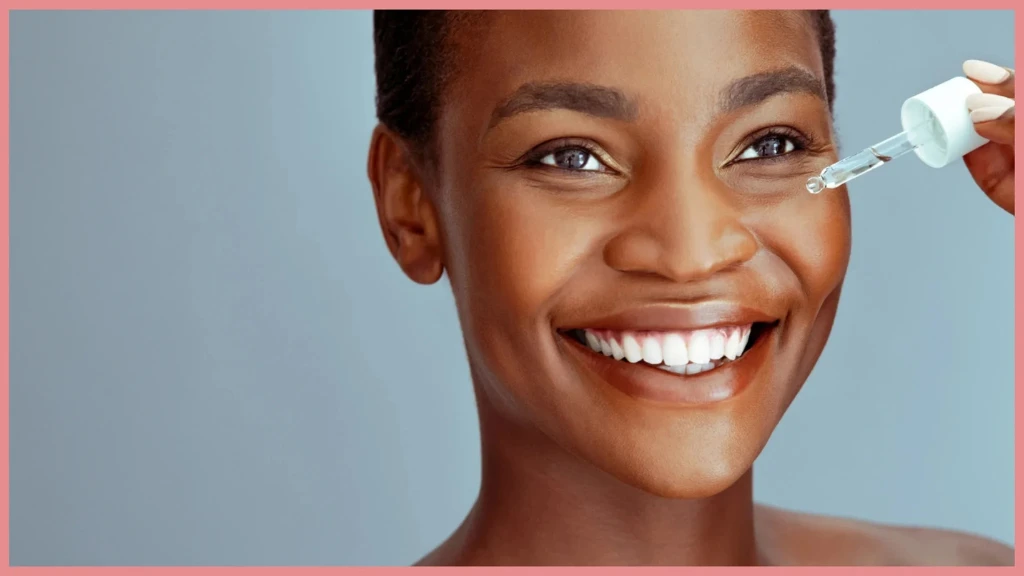Sunscreen - Before or After Moisturizer?

There are literally a zillion opinions floating around out there about skincare, products, regimens, and how to get the best results. There’s always a buzz around the latest techniques, and one question that’s been stirring up quite the debate lately is this: should you apply sunscreen before or after moisturizer?
Whether you’re preparing for a beach day, a weekend hike, or simply heading out for errands, getting the order right can make all the difference in protecting your skin and keeping it healthy.
If you’re like me and love trying new skincare trends but also want to be smart about what works, read on, because today I'm tackling this often-misunderstood step in our skincare routines.
Expert Explains the Proper Use of Sunscreen and Moisturizer
The Golden Rule: Sunscreen Always Goes Last
The short answer? Sunscreen should be the last step in your skincare routine, applied after moisturizer.
It doesn't matter if it’s a chemical or physical sunscreen, putting it on after moisturizing ensures it can do its job effectively. Here's why that matters.
Chemical vs. Physical Sunscreens
First, a quick refresher on the types of sunscreens. Chemical sunscreens contain active ingredients that absorb UV rays, converting them into heat and then releasing them from the skin.
Physical sunscreens, also called mineral sunscreens, sit on the surface of your skin to reflect UV rays away. Knowing this difference helps us understand why sunscreen placement in your skincare lineup is so important.
Applying moisturizer over a chemical sunscreen can dilute it, making it less effective at absorbing those UV rays. Similarly, with physical sunscreens, layering anything on top can interfere with the protective barrier they create on the skin’s surface.
So, whatever type of sunscreen you’re using, applying it last preserves its ability to shield you from harmful rays.
Why This Order Matters
Understanding the “why” behind this order can help you feel more confident about your routine, and honestly, that makes it a lot easier to stay consistent with it.
We can be fickle and kind of go wherever the wind takes us, depending on which popular influence says what. When you rely on science as your reasoning for doing things the way you do them, it's a sturdy foundation with facts to back you up. Again, sunscreen should always go after moisturizer.
Effectiveness
When you put moisturizer on top of sunscreen, you’re not just mixing two products—you’re risking the dilution of your sunscreen. This can disrupt the even, protective layer sunscreen needs to create.
Without that even layer, your skin is left more vulnerable to UV damage. The right layering means your sunscreen isn’t compromised, which means your skin gets the protection it needs.
To optimize your routine, follow a good skincare layering order and morning skincare tips for long-lasting protection.
Sun Protection
Consistent and effective sunscreen use is one of the best ways to prevent sunburns, premature aging, hyperpigmentation, and even skin cancer.
If sunscreen’s ability to protect you is minimized, all these risks go up. You deserve the full protection it offers, and applying it last is key to achieving that.
Skin Health
A proper application order can also prevent irritation and improve how your skin barrier functions. When products are layered correctly, they can work together rather than against each other.
This harmony can mean fewer issues with sensitivity, dryness, or breakouts—something we all appreciate in a good routine.
Step-by-Step Application Guide

Now, let’s walk through the routine itself, step-by-step, to make sure we’re setting up our skin for success.
- Cleanse – Start with a clean face to remove dirt, oil, and any lingering impurities.
- Treat – Apply any serums or treatments, like vitamin C or hyaluronic acid, which target specific skin concerns.
- Moisturize – Add your moisturizer to lock in hydration. Give it a minute or two to fully absorb.
- Sunscreen – Finally, apply a generous amount of sunscreen evenly over all exposed areas.
- Reapply – Remember to reapply sunscreen every two hours, especially if you’re outdoors, sweating, or swimming.
One often overlooked aspect is the wait time. Sunscreen needs about 20 minutes to absorb and start working properly.
Applying makeup or heading out into the sun immediately can undermine its effectiveness. So, plan to wait a little after your final layer, just to be sure your skin is well-protected.
Incorporating Sunscreen into a Skincare Routine
When you’re putting together a complete skincare routine, the order can sometimes feel overwhelming. Here’s a quick breakdown to simplify things:
Cleanser
The proper order for a complete skincare routine starts with a good cleanser, which clears away dirt, oil, and any other impurities accumulated during the day or night.
Cleansing is the foundation of any routine, setting a clean canvas for the following products to absorb more effectively.
Toner
After cleansing, some people like to apply a toner. While optional, a toner can help balance the skin’s pH, removing any lingering traces of dirt or cleanser residue.
For those with specific skin concerns—like acne or large pores—toners with gentle acids or soothing ingredients can be especially beneficial, preparing the skin to better receive active treatments.
Serum
Next comes serum, a step that’s packed with highly concentrated active ingredients tailored to address specific skin issues like dryness, dullness, or fine lines.
Since serums are formulated to penetrate deeply into the skin, applying them after cleansing (and after toner, if used) allows them to reach their maximum effectiveness, delivering a targeted boost right where your skin needs it.
Eye Cream
For the delicate area around the eyes, an eye cream can be helpful if you’re concerned about puffiness, fine lines, or dark circles.
Eye creams are specifically formulated for this sensitive skin, offering moisture and targeted treatments to help reduce signs of tiredness and aging without causing irritation.
Moisturizer
Once your treatments are in place, it’s time to lock in hydration with a good moisturizer. Moisturizer does more than just hydrate—it also supports the skin’s barrier function, which protects against environmental irritants, pollution, and moisture loss.
By applying moisturizer at this stage, you’re helping to seal in the benefits of the previous products, making your skin feel comfortable, plump, and ready for the final protective layer.
Sunscreen
Sunscreen is that essential last step. As the barrier between your skin and the harmful effects of UV rays, sunscreen protects against sunburn, premature aging, and even skin cancer. Applied at the end, it shields your skin from damage while maintaining the effectiveness of the other products beneath it.
Sunscreen doesn’t just protect your complexion; it preserves the long-term results of your entire skincare routine.
Makeup
If makeup is part of your daily routine, this is when it comes in. Layered on top of sunscreen, makeup can help to even out skin tone, hide imperfections, and add that final touch of polish to your look.
Just remember, applying products in this order—cleanser, toner, serum, eye cream, moisturizer, sunscreen, and makeup—ensures each one can do its job effectively, keeping your skin balanced, nourished, and beautifully protected.
Choosing the Right Moisturizer and Sunscreen

Let’s take a look at how to choose moisturizers and sunscreens based on your individual needs.
Moisturizer
- Normal Skin – A lightweight, non-comedogenic formula can work well without clogging pores.
- Dry Skin – Look for rich, emollient formulas with hydrating ingredients like glycerin or ceramides.
- Sensitive Skin – Fragrance-free, hypoallergenic options tend to be gentler.
- Oily Skin – Opt for lightweight, oil-free, or gel-based formulas.
- Combination Skin – Choose a balanced formula that addresses both dry and oily areas.
- Mature Skin – Consider products with anti-aging ingredients like peptides or retinol.
Sunscreen
When it comes to sunscreen, there are a few options to consider based on your activities and preferences:
- Chemical Sunscreen – Absorbs UV rays and can work well for many skin types, especially for daily use under makeup.
- Physical (Mineral) Sunscreen – Reflects UV rays and is often preferred for sensitive skin.
For adequate protection, go for a broad-spectrum sunscreen with an SPF of at least 30 such as Tower 28 Beauty's SunnyDays Tinted sunscreen available from Amazon.com. And because one size doesn’t fit all, there’s a variety to choose from—creams, lotions, sticks, sprays, and powders, as well as tinted or water-resistant options. Pick what you’ll enjoy using regularly since that’s the key to consistent application.
What If I Have Sensitive Skin?
If you’re prone to sensitivity, patch-testing products can help prevent irritation. Stick to fragrance-free, hypoallergenic formulas, and consider mineral sunscreens, as they’re generally gentler.
For those with highly sensitive skin, consult a dermatologist for product recommendations tailored to you.
What About My Makeup?
Sunscreen always goes on before makeup. There are even setting sprays with SPF that you can use throughout the day without disrupting your makeup.
Applying sunscreen first helps form that essential base layer, giving your skin the protection it needs.
Can I Combine My Sunscreen and Moisturizer?
Combo products exist, but using separate sunscreen and moisturizer products is often recommended.
This way, you get the full benefit of each—your moisturizer hydrates thoroughly, and your sunscreen focuses solely on sun protection.
If you’re using a combo, follow the product instructions closely to make sure you’re adequately covered.
Conclusion
In the end, layering sunscreen over your moisturizer is the way to go for healthy, protected skin. Trust me on this! With this order, you’re setting up your skin to reap all the benefits of each product.
Also, don't skimp on the sunscreen. You need it even if you're only going to be outside for a little while and think you couldn't possibly sustain skin damage that quickly. Why risk it? Give your skin the love it deserves by ending with sunscreen—your ultimate ally in long-term skin health.



